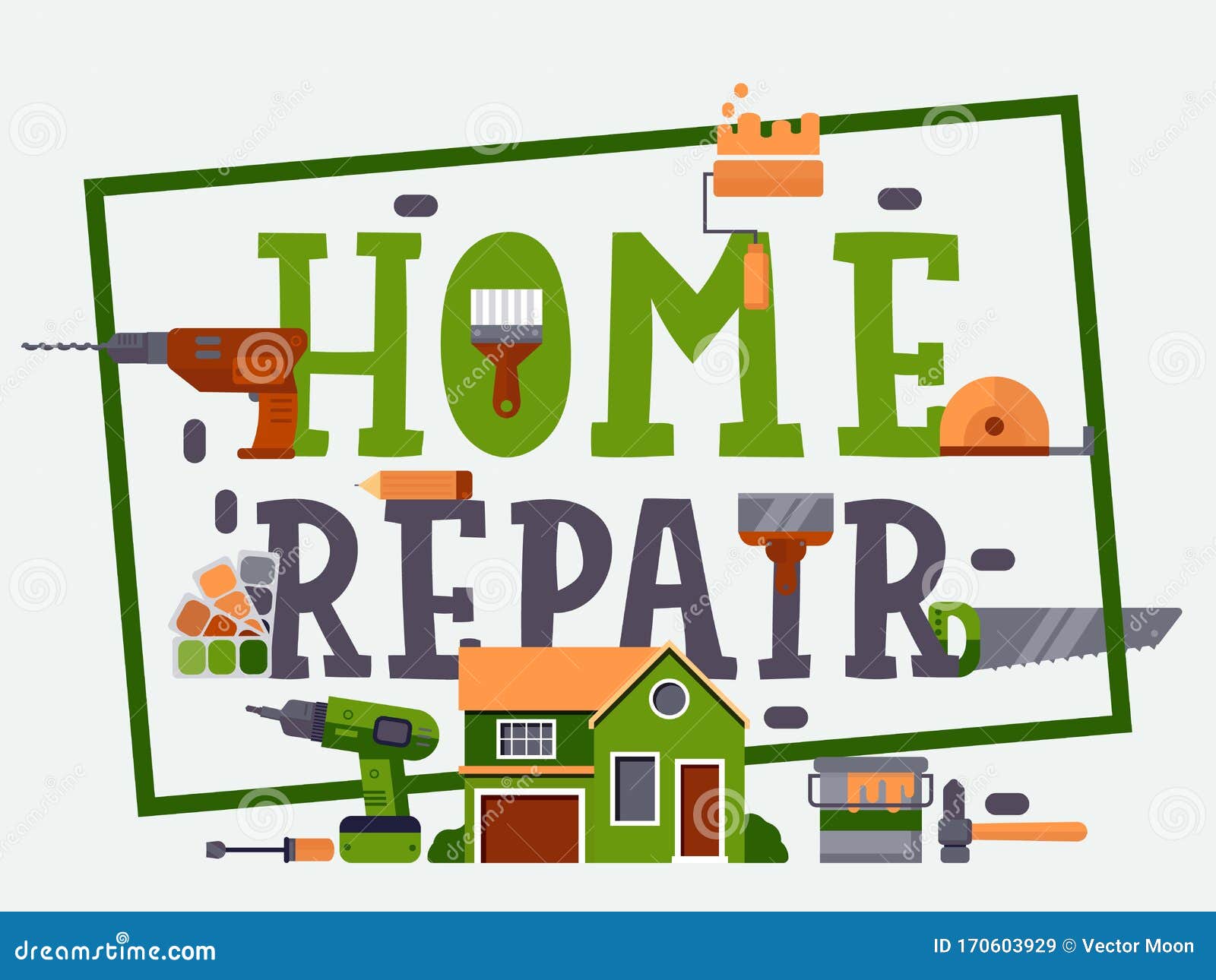The Evolution of Desk Design: From Writing Tables to Modern Workstations
Desks serve as the cornerstone of productivity, creativity, and work in every culture, evolving dramatically over centuries. This journey through the history of desk design traces not just the functional aspects but also reflects societal changes, technological advancements, and shifts in workplace dynamics.
The Beginnings: Writing Tables of Antiquity
The concept of desks dates back to ancient civilizations where writing tablets and scrolls required surfaces for use. Early desks were mere adaptations of existing furniture like:
- Medieval Writing Tables: In monasteries, monks used inclinated lecterns to copy manuscripts. These were often standalone frames supporting a single slanted board.
- Walking Desks: Europeans in the late Middle Ages created portable, slanted desks known as "walking desks" or "lap desks," used by scholars for reading and writing while moving about or traveling.
The Renaissance of Desk Design
As wealth and leisure expanded, so did the sophistication of home furnishings:
- The Prie-dieu: Initially for prayer, these desks featured a kneeling bar with a low angled desk for writing and study, illustrating the blend of religious and secular use.
- The Writing Box: An English contribution, these were often luxurious items transported between different homes or rooms, typically featuring a sloped top upon which one could write or sketch.
The Age of Enlightenment and Personalized Workspaces
With the proliferation of literacy and the rise of the bourgeoisie:
- Bureau Plat: Originating in France, these flat-top desks became symbols of status, often adorned with fine marquetry, and were used by nobility for signing decrees or correspondence.
- Secretary Desks: Combining storage and workspace, these desks included a lower area for legs, giving rise to the concept of a personal workspace at home.
Industrial Revolution: The Birth of Modern Office Furniture
As workplaces became more organized:
- Rolltop Desk: Designed for efficiency and organization, this desk encapsulated a new class of office worker, shielding paperwork from prying eyes.
- Partner Desk: Reflecting the need for collaboration, these large desks, sometimes with legs connected by drawers in the middle, were used by pairs of workers facing each other, a precursor to today's collaborative spaces.
20th Century: Functionalism and The Workplace
The design ethos shifted towards functionality:
- Modernist Influence: Designers like Ludwig Mies van der Rohe brought forth the "less is more" philosophy, influencing the sleek, functional design of desks like the iconic Noguchi table.
- Modular Units: The mid-20th century saw the introduction of modular office furniture, allowing for configurations based on need, mainly driven by companies like Herman Miller with their Action Office system.
The Digital Age: Transition to High-Tech Workstations
Electronic devices changed how we work:
- Computer Desks: As personal computers became common, desks were redesigned to include cable management, built-in electrical outlets, and improved ergonomics.
- Standing Desks: With health concerns about long hours sitting, standing desks or height-adjustable desks became popular, promoting movement during work hours.
Current Trends: Ergonomic and Smart Workspaces
Today's desks are about:
- Ergonomics: Enhanced focus on user comfort, with features like adjustable keyboard trays, monitors, and even treadmill desks for active working.
- Smart Integration: Desks now often incorporate wireless charging, USB ports, and even IoT features for monitoring usage habits or environmental conditions.
- Sustainability: There's a push towards eco-friendly materials and production methods, responding to global sustainability goals.
Future of Desk Design: Remote Work and Beyond
The future looks promising with:
- Flexible Workspaces: With the rise of remote and hybrid work models, desks will need to be versatile, serving multiple functions from home offices to co-working environments.
- Personalization: AI and IoT could lead to desks that adapt to individual user needs over time, perhaps using data to suggest posture adjustments or lighting changes.
- Health and Wellbeing: Mental and physical health will play key roles, with features that remind users to take breaks, maintain hydration, or engage in light physical activity.
The history of desk design wonderfully mirrors humanity's trajectory, from scribes of the ancient world to today's technology-driven society. Each era has tailored this piece of furniture to fit its unique demands, showcasing not just changes in technology and work habits but also in culture, lifestyle, and philosophy regarding work itself. As we look forward, the desk's evolution continues, promising even more personalized, health-conscious, and technologically integrated solutions, ensuring it remains a pivotal piece of our daily lives.


